Applications of HPMC-hydroxypropyl methyl cellulose ether in Construction
What is HPMC?
Hydroxypropyl Methylcellulose (HPMC) is a versatile, synthetic polymer derived from cellulose. It is renowned for its excellent properties that make it an indispensable component in various industries, including pharmaceuticals, food, and, of course, construction. HPMC is primarily used as a thickening and binding agent in construction materials.
Key Properties of HPMC
Water Retention: HPMC exhibits remarkable water retention properties, making it ideal for applications where moisture control is essential. In construction, this ensures better workability of mortars and cement-based products.
Improved Workability: Builders and contractors appreciate HPMC for its ability to enhance the workability of various construction materials, such as adhesives, renders, and self-leveling compounds.
Setting Control: HPMC allows for precise control over the setting time of construction materials. This is crucial in ensuring that builders have sufficient time to work with the materials before they set.
Adhesive Strength: HPMC improves the adhesive strength of construction materials, ensuring that structures remain strong and durable over time.
Applications of HPMC in Construction
Mortar Additive
One of the primary applications of HPMC in the construction industry is as a mortar additive. It significantly enhances the performance of mortar in several ways:
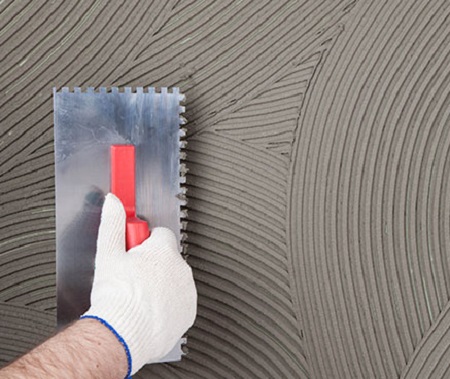
Crack Resistance: Mortars with HPMC have enhanced crack resistance, which is crucial for ensuring the longevity of structures.
Flexibility: HPMC imparts flexibility to mortar, making it better suited to withstand structural movements without cracking.
Waterproofing: Thanks to its water retention properties, HPMC improves the waterproofing capabilities of mortar.
Additional reading:
Unveiling the Impact and Solutions for Sulfur Dioxide Pollution
What is Sodium sulphide used for?
How PUR Hot Melt Adhesive Works: Bonding and Sealing Applications
Advantages and Versatility of Redispersible Polymer Powder (RDP)
Properties and Applications of SF6 Specialty Gas
Unlocking the Potential of Methyl Hydroxyethyl Cellulose (MHEC) in Various Applications
DEVELOPMENT TREND OF SURFACTANT APPLICATION
Tile Adhesives
In the world of tiling, HPMC for Tile Adhesive. It ensures that tiles bond securely to various surfaces, providing durability and stability.
Self-Leveling Compounds
Self-leveling compounds are essential for achieving smooth and level floors. HPMC aids in the creation of self-leveling compounds that eliminate unevenness and imperfections in flooring.
Exterior Insulation and Finish Systems (EIFS)
EIFS is a popular choice for exterior cladding systems, and HPMC is a key component in EIFS adhesives and finishes. It enhances adhesion, flexibility, and water resistance, making EIFS systems more reliable.
Why Choose HPMC?
Durability
Builders and contractors often face the challenge of ensuring that structures remain durable and resilient against environmental factors. HPMC's water retention properties and crack resistance make it an excellent choice for increasing the lifespan of construction projects.
Versatility
HPMC is compatible with a wide range of other construction materials and additives. This versatility allows builders to tailor their mixtures to meet specific project requirements.
Environmental Friendliness
As the construction industry moves towards more sustainable practices, construction grade HPMC-hydroxypropyl methyl cellulose stands out as an eco-friendly choice. It is biodegradable and poses minimal harm to the environment, aligning with modern construction's green initiatives.
Cost-Effective
While HPMC offers numerous advantages, it is also cost-effective. Its ability to enhance the performance of other materials means that builders can achieve better results with less, ultimately saving on costs.
In the competitive landscape of construction materials, Construction Grade Cellulose Ether Hydroxypropyl Methylcellulose (HPMC) shines as a superior choice for builders and contractors. Its outstanding properties, versatility, and cost-effectiveness make it an indispensable component in the construction industry. Whether you are working on mortar, tile adhesives, self-leveling compounds, or EIFS, HPMC proves its mettle, ensuring durability, flexibility, and adherence to modern environmental standards.
Additional reading:Innovating the Future: Formaldehyde Production Plants for Sustainable Chemical Manufacturing
Applications of Silicone Hydrophobic Powder
Unlocking the Magic of Hydroxypropyl Methylcellulose: A Game-Changer in Modern Industry
What is lixisenatide medicine used for?
Who Are The 30 Best Paint Tool Suppliers?
Boost Your Phenol Alkylation Plant's Efficiency with Steric Considerations
What is RDP Powder Used For?
140
0
0
Previous: What is lixisenatide medicine used for?
Related Articles
-
188
0
0


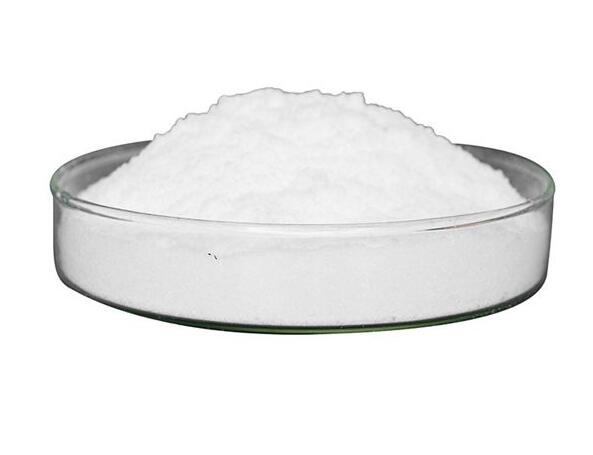
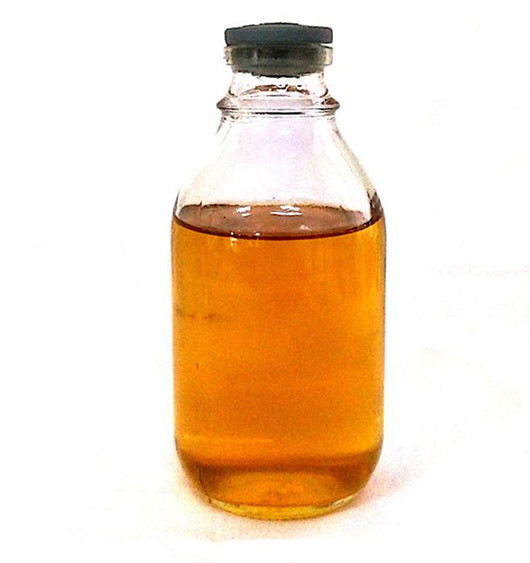
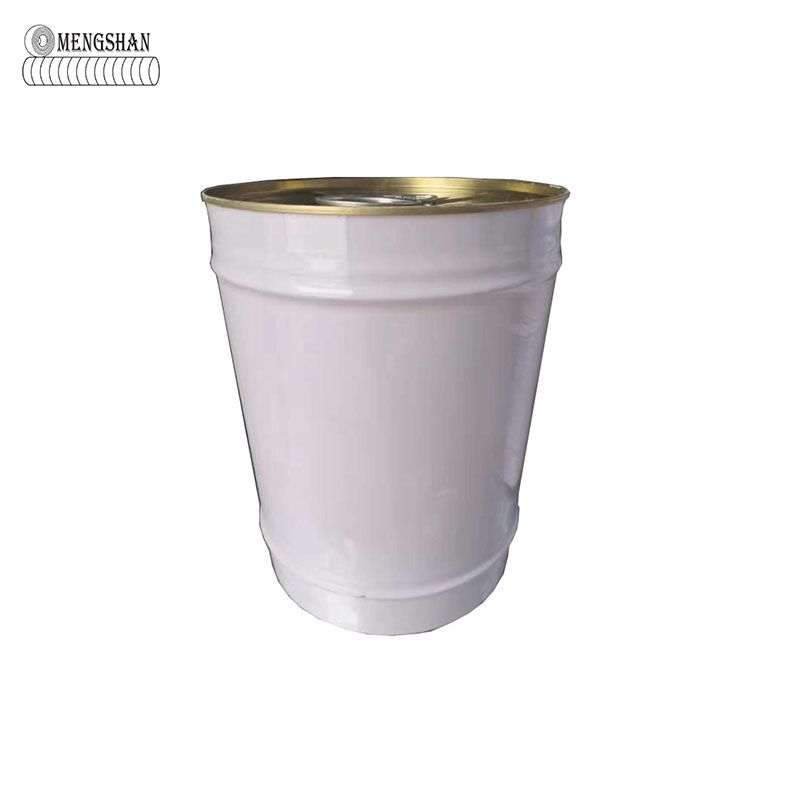
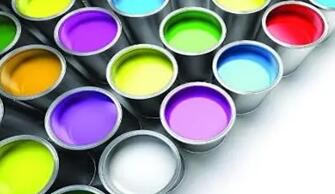
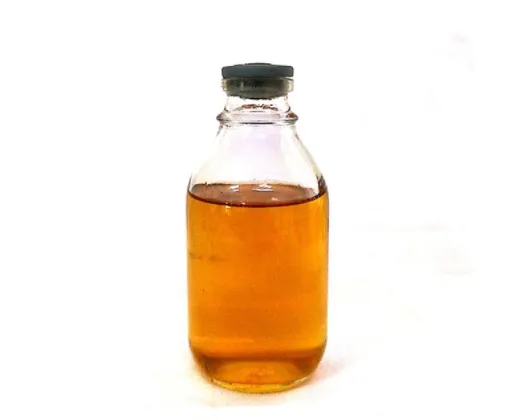
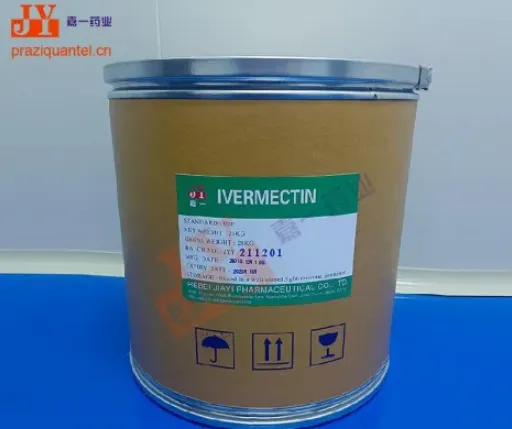
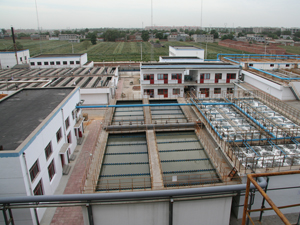
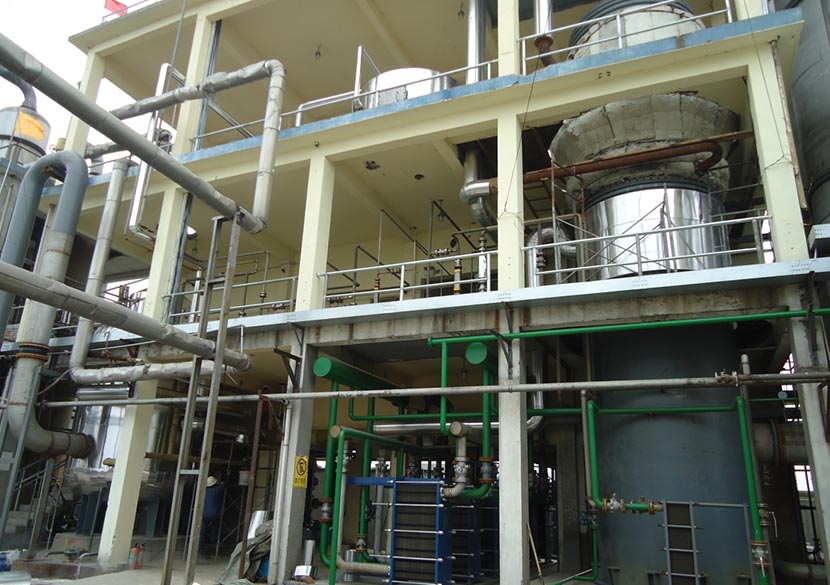
Comments
All Comments (0)